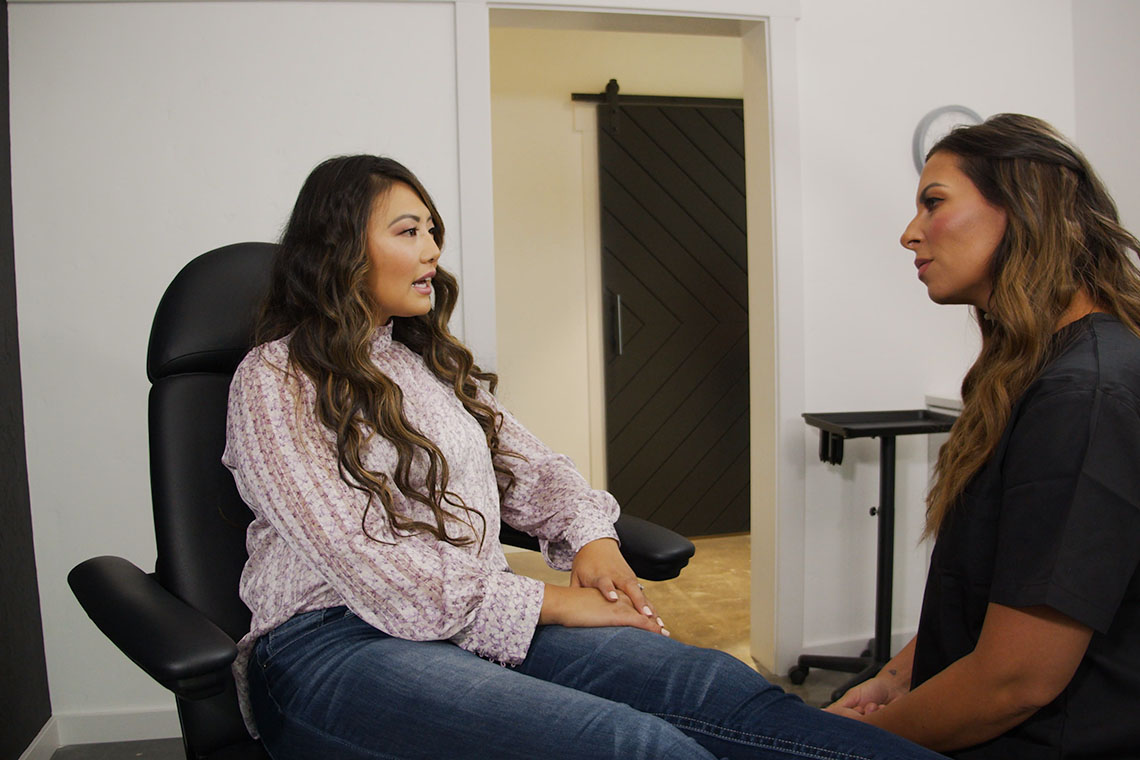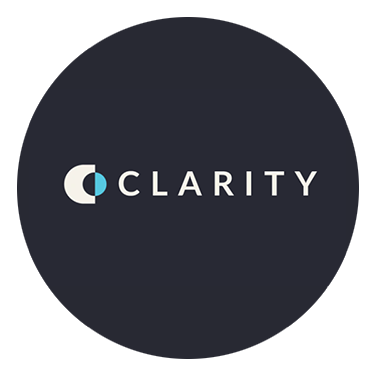How to Perfect the Consultation Process
Jun 15, 2020 9:00:00 AM • Written by: Clarity Technologies

The first consultation with a prospective patient is undoubtedly the most important. A patient will form most of their opinion regarding your office during their first visit. From the aesthetic quality of the waiting area to the expertise and relatability of your front office staff, and the provider, it is critical that every element of the patient’s consultation experience is impeccable. Much of their experience will be directly related to how well your front office staff listens, engages, and responds. Equally as important is how you, as the medical expert and professional, are able to connect with the patient. In this blog, we'll go through the elements of the patient consultation and relay key points you will need to consider to successfully consult from the patient’s point of view.
Curate the First Impression
The aesthetic quality of your office—the decor, ambiance, and overall tone—will make a significant impression on a prospective patient. When they first enter the front door of your office, you want them to feel at ease. Your front office staff should acknowledge them immediately, using their name, offer them a refreshment and give an introduction to the office. They should also provide a pamphlet of relevant literature: the services, equipment, and individualized plans available in your medical aesthetic office. This way, the prospective patient will be more informed and prepared for the consultation appointment. Further, they will likely form additional questions based on this information, which will incite conversation and give you an opportunity to connect with them during the consultation appointment.
Connect with Your Patients
Making a connection with the patient is critical. Research has shown that making a genuine connection matters more than any other factor, including expertise and pricing. Establishing a connection begins with your front office staff. They should strive to connect with patient even before the formal consultation begins. By making conversation and finding common ground—whether that be similar interests or having kids that are close in age—the front office staff begin forming that personal connection. During the formal consultation, it is important that you, the medical expert, continue making that connection. Do this by first listening to the patient: their needs, desires, reservations and questions. This will be discussed further in the next section. Make sure you devote enough time for the first consultation, but don’t overdo it. Evidence has shown that if you spend too long with the patient, they may assume you aren’t busy enough and this can reflect negatively on their overall impression. The takeaway here is that you only have a defined amount of time to make a genuine, lasting connection with a patient. This is often what the patient will remember most when they leave your office.
Listen
While the natural inclination may be to provide your prospective patient with as much information as possible during their first appointment, it is critical to listen first. Ask questions that will allow you to really get to know the patient: why they seek treatment, what types of treatment they’re interested in, etc. This begins with their interactions with the front office staff and continues during the consultation. The consultation should be a 2-way conversation. Not only will this help the patient feel more at ease, but they will feel like they are receiving personalized care. The patient’s input should certainly guide your treatment plan: the services, technology, and timeline. The goal is not to throw every treatment option at them, but to develop and fully taper an individualized treatment plan.
Relay Your Expertise
Every member of your staff, from the front office to the nurses, should be well-versed in the treatments, technology, and services your office provides. While your front office staff may not know the science behind the technology, they should be able to relay key information about your services, how they compare to your competitors, etc. A patient wants to feel like they are in the hands of the experts. When you meet with a prospective patient, explain the services to them with enough detail that they feel confident in you as the expert. Be careful not to oversell them or over-explain the technology. Relate the technology to their personalized treatment plan and explain how it will benefit them specifically. This goes back to making a genuine connection. If a patient feels a connection with you and feels confident in your expertise, it is likely that they will choose your medical aesthetic office.
The Follow-Through
At the end of the consultation, a prospective patient may want to consider their options before fully committing to your office. If you have successfully consulted from the patient’s point of view, it is likely that they will feel confident moving forward and will follow through with a second appointment. After the initial consultation, move forward by developing an individualized, comprehensive treatment plan based on that first appointment. Make sure the plan is professional, clean and personalized. Meet with them in person to discuss all of the options, financing, timeline, etc. or send it to them via e-mail and discuss it with them by phone. This will get the conversation rolling and encourage them to make a final commitment to your office.
It is essential to consult from the patient’s point of view. First impressions are critical. Make a genuine connection and carefully tailor your expertise to meet the patient’s needs and desires.
Clarity Technologies
Clarity Technolgoies offers the world's first Practice Performance System. With a commitment to fostering growth and success for medical practices, we bring unparalleled expertise to the forefront. Through our articles, our team of experts share valuable insights, tips, and industry knowledge that will elevate your practice to new heights.
